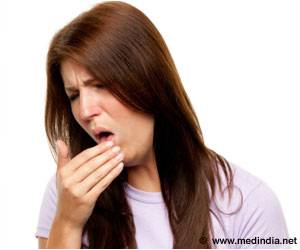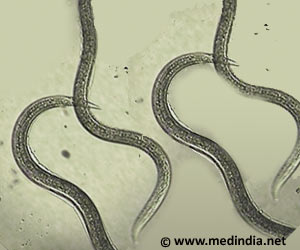- STSS can cause fatal organ failure and necrosis within 48 hours
- Increased social interactions post-COVID may contribute to the rise in cases
- Strict hygiene and prompt medical care are vital to control the spread
A disturbing trend is emerging in Japan with a surge in cases of Streptococcal Toxic Shock Syndrome (STSS), a rare but aggressive bacterial infection nicknamed “flesh-eating bacteria.” This comes after the country relaxed its COVID-19 restrictions, leading to increased social interaction and potentially greater transmission of infections (1✔ ✔Trusted Source
Rare tissue-damaging bacteria spreads in Japan
).
Advertisement
What is STSS and Why is it so Dangerous?
STSS is a severe infection caused by Group A Streptococcus (GAS) bacteria. It progresses rapidly, causing high fever, severe pain, low blood pressure, and potentially fatal organ failure. The bacteria produce toxins that trigger a hyper-inflammatory response, leading to widespread tissue damage, rapid flesh-eating necrosis, and shock. With its swift progression, STSS can be fatal within 48 hours if not treated promptly.
Advertisement
Factors Contributing to the Rise in STSS Cases
Experts attribute the increase in STSS cases to several factors:
Increased Social Interaction: As COVID restrictions ease, people are socializing more, leading to a higher chance of spreading infections, including GAS.
Vulnerability of Older Adults: STSS particularly affects people over 50 who are more susceptible to severe outcomes from infections.
Advertisement
Global Risk and Preventive Measures
While the current outbreak is in Japan, the potential for global spread exists due to international travel. Here’s what you can do to stay safe:
Maintain Good Hygiene: Regularly wash your hands and promptly address any skin injuries to prevent infection.
Early Medical Attention: Seek immediate medical help if you experience sudden severe pain, high fever, or redness at a wound site. These could be early signs of STSS.
Public Health Measures to Control the Outbreak
Countries can implement strategies to manage and control STSS outbreaks:
Surveillance: Enhance monitoring of cases to identify and address potential outbreaks effectively.
Public Education: Raise public awareness about STSS symptoms, severity, and the importance of seeking prompt medical attention.
Quick Response: Implement a rapid response system to isolate new cases and prevent further spread.
Japan’s Response and Lessons for Other Nations
Japanese health authorities are actively taking steps to curb the STSS outbreak:
Public Awareness Campaigns: Educating the public about symptoms and encouraging early medical care.
Hospital Preparedness: Hospitals are on high alert to identify and treat STSS swiftly.
Enhanced Hygiene Practices: Promoting better hygiene practices in healthcare settings and the community.
Improved Wound Care: Emphasis on proper wound care and timely treatment of infections to reduce transmission and mortality.
By following these measures, Japan and other nations can effectively manage STSS outbreaks and protect public health.
Reference:
- Rare tissue-damaging bacteria spreads in Japan – (https://www.japantimes.co.jp/news/2024/06/15/japan/science-health/stss-japan-spread/)
Source-Medindia



